
Economical Access Management: Save Money And Time
Access Management: How to Save Money And Time

Access Management: How to Save Money And Time
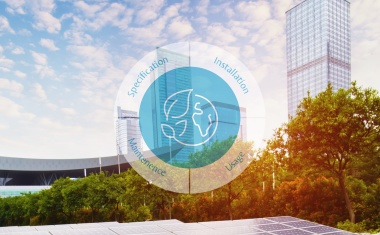
Embedding sustainability within any organization requires a broad, strategic perspective. Scrutiny should include the physical infrastructure itself: According to the IEA, buildings consume around 30 percent of global energy.
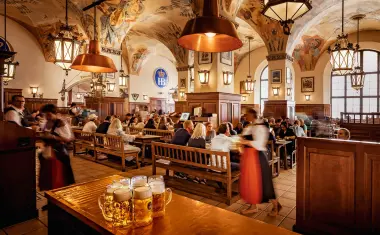
Munich’s Hofbräuhaus enjoys an iconic status, as both a heritage property and a spiritual home for lovers of German beer.
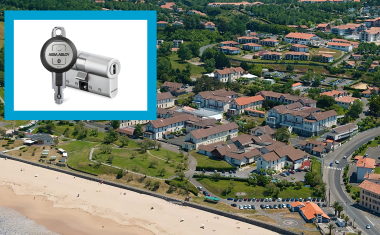
The Marin Hospital of Hendaye in the French Basque Country faced common challenges posed by mechanical access control. Relying on mechanical lock-and-key technology made it difficult or impossible to know who had been accessing sensitive areas like treatment rooms and medicine stores.
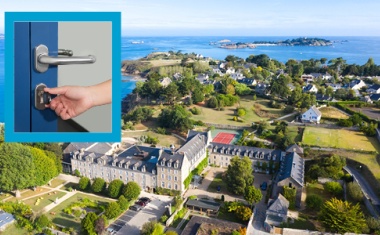
Saint Jacut de la Mer, on Brittany’s Côtes d’Armor, faced growing difficulties with access management for their public buildings. As in many other towns across Europe, they looked for a more cost- and time-efficient way to operate.
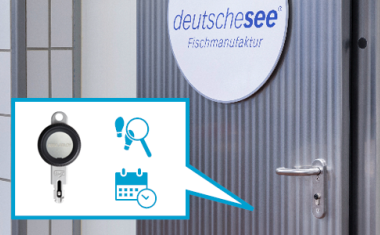
Headquartered in Bremerhaven, Deutsche See is number one in Germany for marketing fish and seafood. At 19 sites across the country, it employs around 1,800 workers and supplies over 35,000 customers from the food retail trade, gastronomy and corporate and social catering sectors. Deutsche See also supplies end consumers all over Germany via its own online shop.
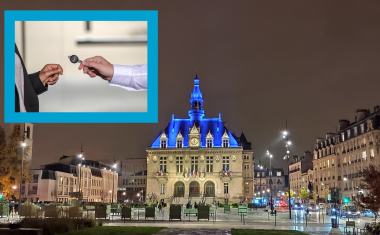
Running a unified locking system for multiple municipal services may bring operational efficiencies. However, if the system is based on mechanical locks, it can also create time-consuming headaches. When keys go missing, for example, or user access requirements change, mechanical security does not have the flexibility to adapt quickly.
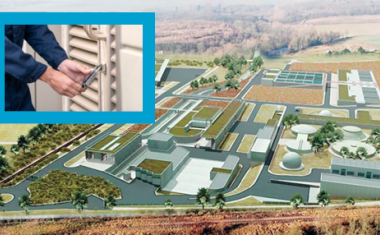
The responsibilities of the modern facilities manager combine site security with employee health and safety. At Hydreaulys, a French water and waste management utility, a simple switch to programmable key-based access control helped them make improvements on both counts.